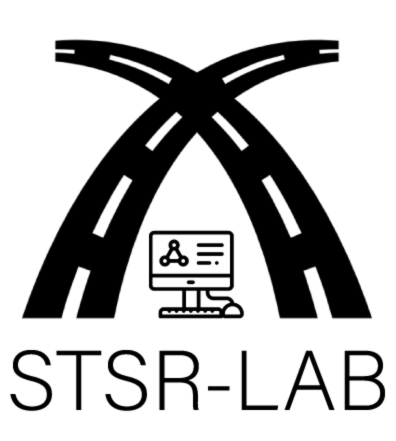Our Team
Team Leader
Prof Shimul Haque is passionate about road safety engineering research. He is a specialist in econometrics and artificial intelligence applications in transport engineering and traffic safety.
Research Fellows
Research Fellow
Dr. Hassan Bin Tahir is a Post Doctoral Research Fellow in transportation engineering at the Queensland University of Technology (QUT). He completed his PhD in Transportation Engineering from QUT.
Research Fellow
Zili is a research fellow. His works are related to statistical modelling and its application in transport engineering. His research interests include forecasting, Bayesian models, numerical computation etc.
Current Higher Degree Research Students
Current Higher Degree Research Student
The PhD project aims to develop next generation models for crash risk estimation in real-time. Leveraging the combined benefits of Intelligent Transport Systems and computer-vision techniques, traffic conflicts.
Current Higher Degree Research Student
Howlader is a research student at Science & Engineering Faculty, Queensland University of Technology (QUT). His current focus is on conflict data-based crash prediction methodologies.
Current Higher Degree Research Student
Shinthia is a PhD candidate in the Faculty of Engineering at Queensland University of Technology (QUT) under the award of the Prime Minister Fellowship of Bangladesh.
Current Higher Degree Research Student
Tasmin is a PhD student at the School of Faculty of Engineering, Queensland University of Technology (QUT). She completed her BSc in Civil Engineering from BUET.
Current Higher Degree Research Student
Lorem ipsum dolor sit amet, consectetuer adipiscing elit. Donec odio. Quisque volutpat mattis eros. Nullam malesuada erat ut turpis. Suspendisse urna nibh, viverra non, semper suscipit, posuere a, pede.
Current MPhil Students
Current MPhil Student
Project aims to develop an Extreme Value Theory modelling framework for a network-wide road safety assessment model using autonomous vehicle (AV) probe data.
Former Higher Degree Research Students
Former Higher Degree Research Student
Dr Ali’s PhD dissertation developed a Complete LAne-Changing Decision (CLACD) modelling framework that explains both the mandatory and discretionary lane-changing behaviours and describes lane-changing behaviours in both the traditional and connected environments.
Former Higher Degree Research Student
Getu Segni Tulu’s PhD thesis focuses on pedestrian safety in Ethiopia, where 50-60% of traffic fatalities are pedestrians. The research aims to identify the causes and contributing factors to pedestrian crashes.
Former Higher Degree Research Student
Jason Deller’s PhD thesis explores the complex relationship between roadway design and operating speeds, and how drivers respond to roadway design characteristics.
Former Higher Degree Research Student
Hasti Tajtehranifard’s PhD thesis deals with the problem of traffic congestion caused by traffic incidents in metropolitan areas.
Former Higher Degree Research Student
Dr Basu’s PhD thesis investigates the influences of the built environment factors on walking route preference and safety. Her research studied the perceptions and preferences of pedestrian route choice in a typical suburban environment in Australia through a stated preference survey.
Former Higher Degree Research Student
Dr Trespalacios’s PhD thesis explores the mechanisms of compensatory behaviours in mobile phone distracted driving, which is a major cause of road accidents. He uses models of human behavioural adaptation and integrates driving behaviour models to develop a new model.
Former Higher Degree Research Student
Mohammad Saifuzzaman’s PhD thesis aims to investigate the effect of distraction on car-following (CF) behaviour and proposes a new methodology to incorporate risk-taking and driver errors in CF modelling.
Former Higher Degree Research Student
Dr Rusli’s PhD thesis examined the characteristics of road traffic crashes on rural mountainous roads and compared these with the characteristics of crashes on roads located in non-mountainous areas.
Former Higher Degree Research Student
Saeed’s PhD thesis was focused on understanding freeway traffic flow dynamics and their safety implication with a special focus on the role of human factors.
Former Higher Degree Research Student
Dr Arun’s PhD thesis introduces a new Road User Safety Field Theory to proactively assess traffic safety by studying the interactions of various road users at signalised intersections.
Former Higher Degree Research Student
Dr Amir’s PhD thesis reviews the theoretical assumptions underlying blackspot identification in transportation research, identifies gaps in the literature, and proposes a multiple risk source methodology for detecting motor vehicle crash blackspots.
